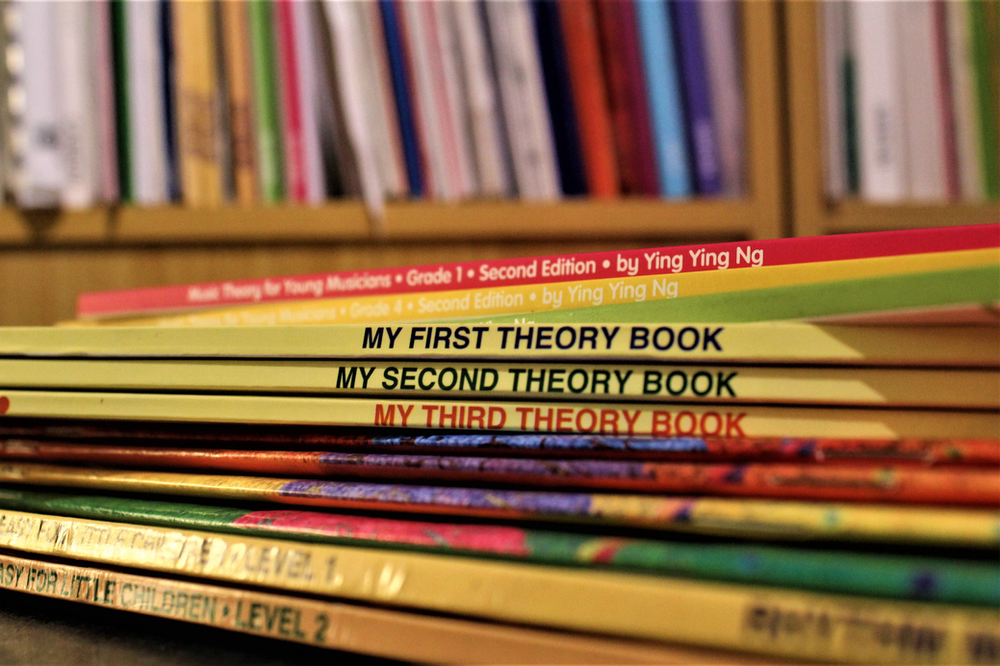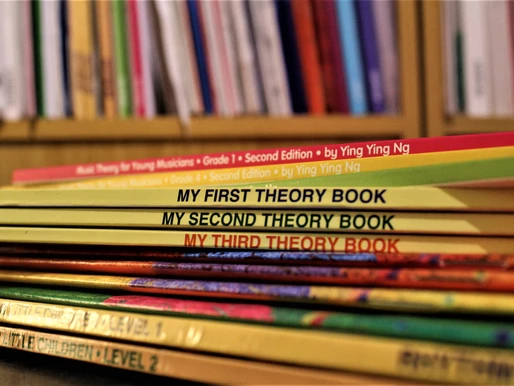Piano Lessons, Uncategorized
Piano pedagogy meeting at WKMT
Piano pedagogy meeting at WKMT
On January the 17th, WKMT’s teachers team have met to discuss the recommended music theory bibliography for beginner students.
Although we know learning is always and individual process and the teacher should always take the student’s individuality into account when he has to make pedagogic decisions, we made a list of books that should help our students to get properly to the knowledge of Grade 1 at ABRSM exams.
Let’s make a list of the best piano books for beginners by the age of the students:
- 4-5 years old students:
Theory made easy for children level 1 (Main Book).
General bibliography:
Theory made easy for children level 1 (pregrade). They can also do level 2 if it is necessary.
Music theory for young children level 1 and 2 (pregrade). If they are too young they can do all the levels (till level 4)
Level to achieve/next level:
Music theory for young musicians (grade 1).
- 6-10 years old students:
-My first theory book (Main book).
General bibliography:
-Piano adventures theory book (primer level)
-My second theory book (pregrade)
-My third theory book (pregrade)
Level to achieve/next level:
-My second theory book
-My third theory book
-Music theory for young musicians (grade 1).
-Piano adventures theory book (level 1)
- 10 years + and adults students:
Piano adventures book 1 (for the older beginner)
Prep book for ABRSM (pregrade) –
learnmusic.eu (pregrade) (WKMT’s online course)
musictheory.net (pregrade)
Book: Music theory in practice (grade 1).

We have also discussed the bibliography and main characters of a piano lesson for a student who is doing grades of ABRSM:
1) Technical work – 10 min
2) Sight reading and Aural training (alternated in between weeks) – 20 min
Aural training in practice 1-3 / 4-5 / 6-8
Specimen aural tests 1-3 / 4-5 / 6-8 (tests)
Sight reading 1-3 / 4-5 / 6-8
Improve your sight reading 1-3 / 4-5 / 6-8 – Paul Harris
3) Piano repertoire – 30 min
Finally we have reached to the conclusion that we have to transmit our piano beginner students some mechanical reflections monitored by their sight reading. In order to achieve that objective we should start with paralell motion with stepwise movements up and down without looking the keyboard with both hands. Also try to understand the musical values of semibreves, minims and crotchets with their respective rests.
Then, we should encourage the student to learn skips of 3rds , 4ths and 5ths.
The motion will be the same (without contrary motions). When this is clear, we should start with oblique motion and then contrary motion. Although mechanically is easier than the paralell motion, contrary motion it’s harder to sight-read.
Next meeting we will think about some helpful strategies of sight reading and technique for people that has already a musical background trying to reach the same objectives.
Learn also some interesting tips:
– The 8 easy songs for beginners
– Learning piano with a metronome
– Performance: A delicate Matter
Piano pedagogy meeting at WKMT
#wkmt #pianoteacherslondon #pianolessonslondon #pianolessonsforbeginners #adultpianolessons

